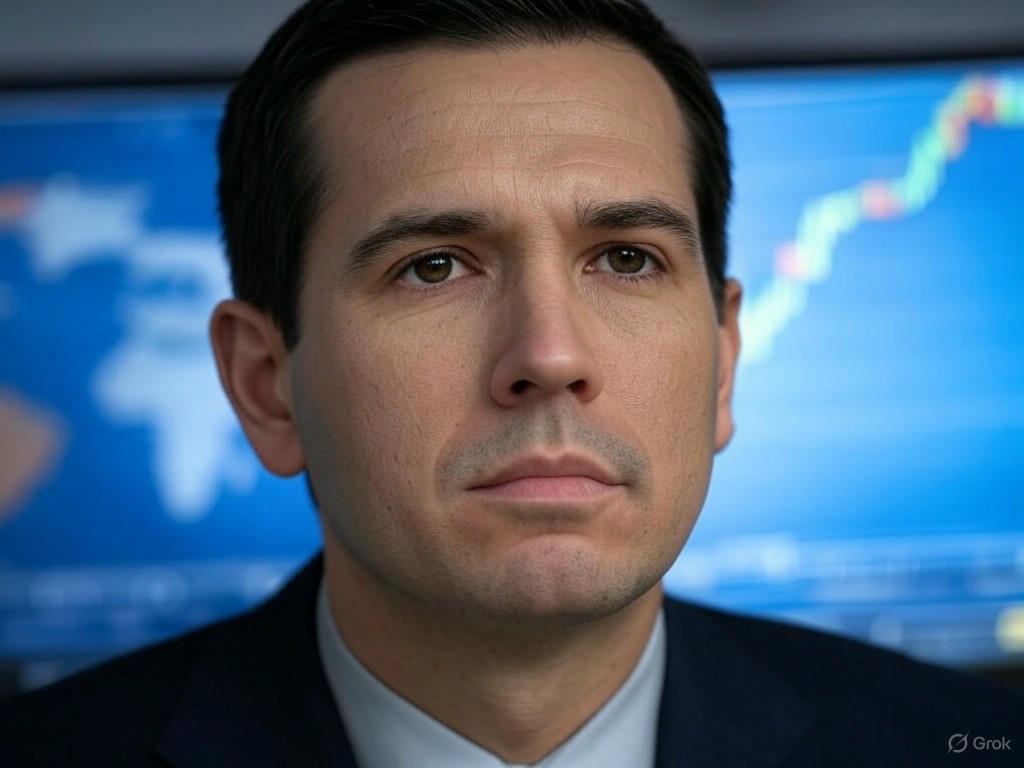Will Israel-Iran Tensions Drive Oil Prices Skyward? History Suggests Caution
The simmering tensions between Israel and Iran have once again turned global attention to the volatile Middle East, raising questions about the potential impact on oil markets. With the Strait of Hormuz—a critical chokepoint for global oil shipments—under scrutiny, investors are on edge, wondering if geopolitical unrest could trigger a surge in crude prices. However, historical patterns and expert analyses suggest that such a dramatic spike may not be imminent, despite the high stakes.
The Strait of Hormuz, a narrow waterway between Iran and Oman, facilitates the passage of roughly 20% of the world’s oil supply. Any disruption here could send shockwaves through energy markets, as seen during past conflicts in the region. In the 1980s, during the Iran-Iraq War, attacks on tankers in the Strait led to significant price volatility. More recently, tensions in 2019 involving Iran and Western powers, including the seizure of oil tankers, briefly pushed prices upward. These events underline the Strait’s importance, but they also highlight a key point: not every flare-up results in sustained price increases. Markets often absorb short-term shocks unless a major, prolonged disruption occurs.
Current assessments from financial giants like JPMorgan indicate that Iran is unlikely to take the drastic step of closing the Strait, even amid escalating rhetoric with Israel. Such a move would not only disrupt global oil flows but also invite severe economic and military repercussions for Iran itself. Tehran relies heavily on oil exports for revenue, and blocking the Strait would effectively cut off its own economic lifeline. Additionally, Iran’s leadership is likely aware of the international backlash that would follow, including potential intervention by major powers committed to keeping the waterway open. This calculated restraint suggests that while tensions may create temporary market jitters, a full-blown crisis impacting oil supply is not the most probable outcome.
Beyond the Strait, other factors could influence oil prices in the context of this conflict. Iran’s oil production, though curtailed by sanctions, remains a piece of the global supply puzzle. Any direct military action affecting its facilities could tighten supply and push prices higher. On the flip side, global oil markets are currently cushioned by relatively robust production from non-OPEC countries and strategic reserves that major economies can tap into during emergencies. These buffers reduce the likelihood of a price shock unless the situation deteriorates significantly.
As the Israel-Iran standoff continues, the oil market’s response will likely hinge on tangible disruptions rather than mere threats. Investors and policymakers alike should draw lessons from history: geopolitical noise often fades without lasting economic impact unless critical supply lines are physically threatened. For now, the world watches and waits, with oil prices teetering on the edge of uncertainty but not yet poised for a dramatic leap. Vigilance remains key, but panic may prove premature in this complex and ever-shifting landscape of international relations and energy economics.


